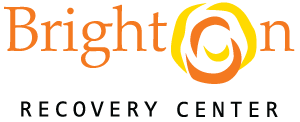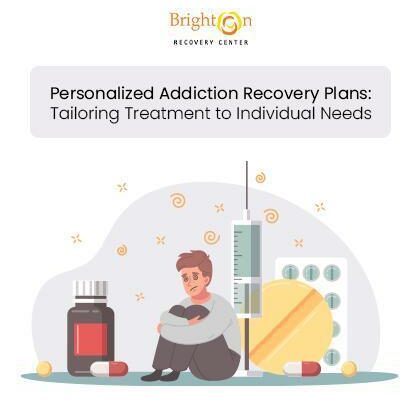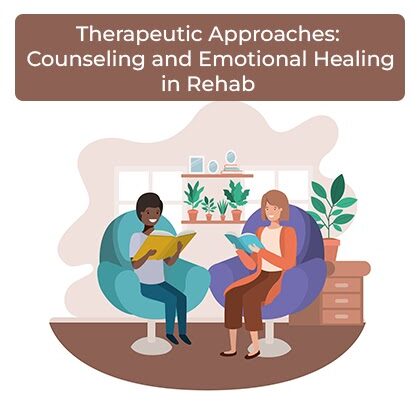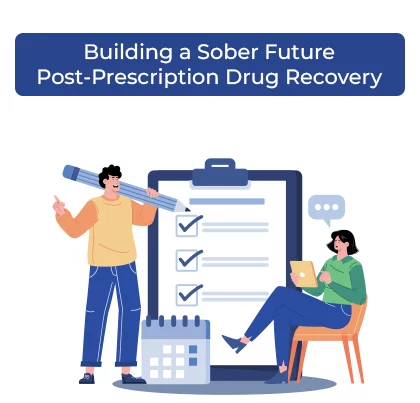The Role of Community in Coping with Seasonal Affective Disorder
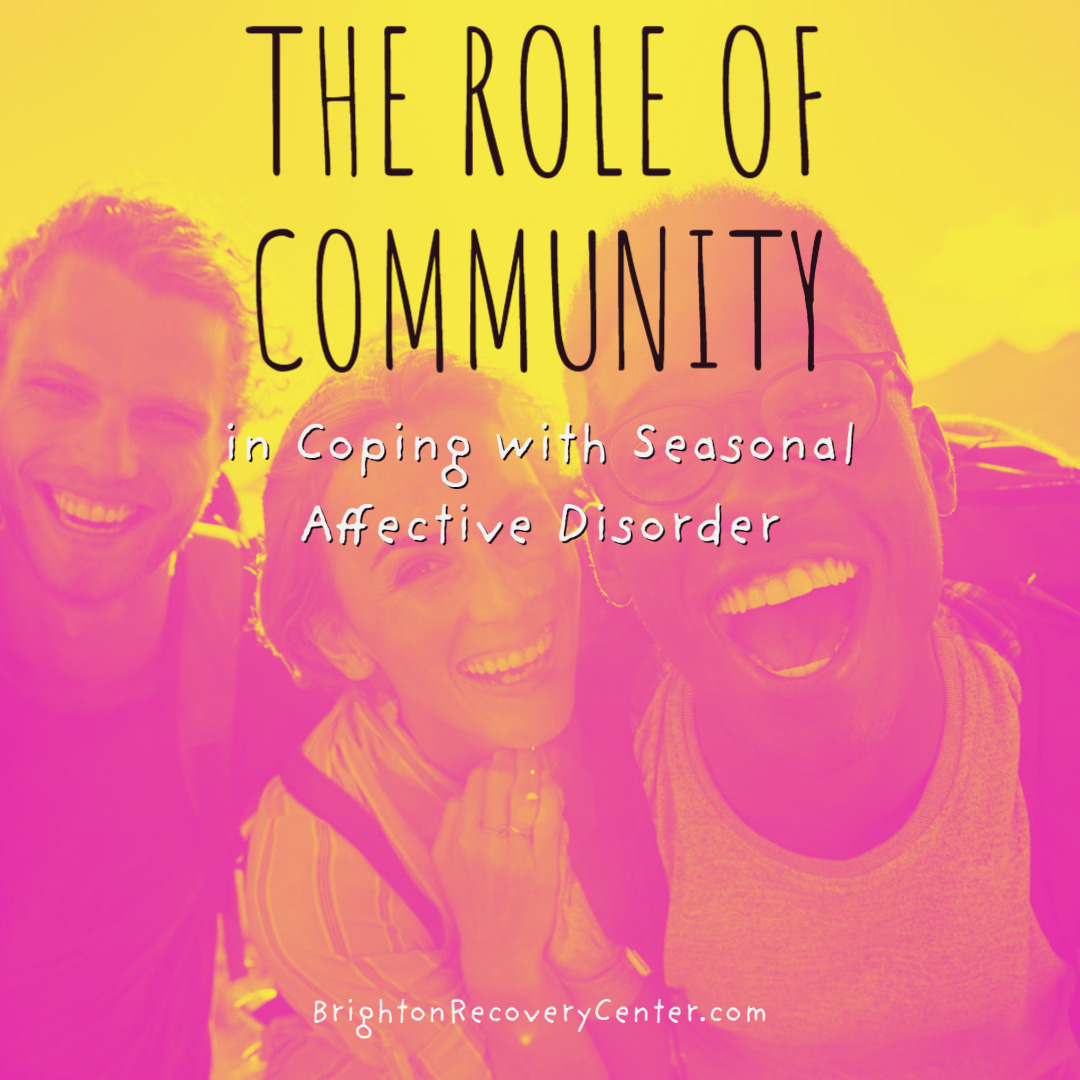
Recovery is a complicated experience that simultaneously addresses many different parts of one’s life – from addiction, mentality, social environment, anxiety, depression, and many other aspects. Feelings of isolation can be ever-present at each stage of the recovery process, whether someone is just beginning their journey to sobriety or even years after. These different feelings may be challenging to cope with, and they can all be further accentuated during the winter months as temperatures drop and daylight wanes early. Seasonal affective disorder (S.A.D.) can be a hurdle on its own and can make this time incredibly difficult for those in recovery. However, having a community is one prevailing way that someone can combat these feelings’ growing intensity and help someone continue to focus on their future in sobriety.
Difficulties Presented by S.A.D.
Seasonal affective disorder can share many symptoms with those already present in addiction recovery. Feelings of isolation and depression can be most prevalent as someone remains indoors most of the day. The dwindling temperatures and few hours of daylight can make going out and engaging in physical activity more and more difficult, leading to someone feeling alone through most of the day. It can compromise someone’s coping mechanisms, such as going for a jog during times of stress or urges. Overall, it can quickly sap each person’s motivation and make daily activities seem more difficult, even compromising one’s morning hygiene routines or common outdoor or communal hobbies. Taking away many of one’s outlets can leave someone with more and more time on their hands, as well as a growing sense of isolation or depression.
As someone loses their daily rhythm, other effects can also be felt, such as irregular sleeping patterns or increased snacking, or unhealthy eating habits. These habits may lead to a compromising image of self. All of these aspects, working in tandem with each other and the continued effects of Covid-19, can create a recipe that results in a higher risk of relapse or even more stresses and difficulties in maintaining sobriety.
What Community Has to Do With It
Communities play a large role in all stages of recovery. They are instrumental in keeping like-minded people together through every step of the recovery process, helping to support each other and to feel accepted by a group of supportive and understanding people. Communities often share in goals and can help encourage each other to maintain their sobriety by challenging each other through each step and demonstrating one’s resilience as individual members share their experiences in keeping a sober mind and body. All of these elements are crucial in recovery and addressing the direct effects of seasonal affective disorder.
Depression and isolation are prevailing themes of seasonal affective disorder. A community can help someone address these feelings by finding ways to meet or share some social components. Having access to a community with regular meetings can reinforce someone’s sense of belonging through the brutal winter months and provide a constant swell of support for when someone is beginning to feel the effects of S.A.D. These regular meetings can help someone continue to build a schedule around their days, encouraging each person to retain a routine to provide structure. It is not necessary for these meetings to physically get together to prove effective – online meetings can also help.
Communities now exist through several mediums, using technological advancements to stay active even when physical meetings aren’t possible either due to the persistent night, cold temperatures, or social distancing precautions. While meeting in person may be desired, communities can also flourish over video calls, social media apps, or even persistent online message boards or email groups. Embracing these times and measures can help someone feel connected to those around them that both share an interest and share in the difficulties that seasonal affective disorder can present through the recovery process. Isolation can be one of the most debilitating feelings through recovery. Finding a community that understands and shares these trials can help each person build on their strengths by having a community to address their weaknesses.
Those who share in the difficulties of recovery and those who have dealt with the winter months’ challenges can help empower each other. Empowerment can happen by exchanging techniques and strategies to help mitigate the seasons’ detrimental effects. The group challenges each other to maintain their sobriety and emerge more resilient than ever.
Community plays a crucial role in all parts of recovery. Finding an influential community for recovery and recreation is essential in maintaining a healthy balance through each stage of your journey to sobriety. Suppose you or a loved one are struggling with an addiction to drugs or alcohol and are ready to take the first step towards your sober future today. In that case, Brighton Recovery Center can help you take the first step into your recovery community today. With dedicated sober living facilities, meeting halls, and a comprehensive recreation center, Brighton’s inclusive, six-building campus can help you find the recovery community that fits your needs and goals for your sober future. From sober living to intensive outpatient care, each program can be personalized to fit your needs and strengths to help you get the most out of your time. For more information on how we can personalize a plan for you, or speak to a representative about your unique situation, call us today at (844) 479-7035.
